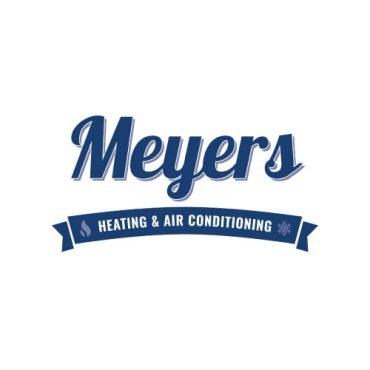A local group of water advocates is calling out the University of Colorado, accusing the college of discharing water into Boulder Creek that is leading to elevated E.coli levels.
-
 play_arrow
play_arrow
Concerns About E Coli in Boulder Creek Maeve Conran
Art Hirsch of Boulder Waterkeeper has been monitoring E.coli levels in the river and says the area with the highest concentration is at Folsom Bridge near the CU campus,
Hirsch has been monitoring the stretch of creek from 13th street, by the library, to 61st street, an area with increased levels of recreation in the summer.
“One of the things is that since the stretch here has been the focus of my efforts, there’s a lot of other E. coli issues in Boulder County,” Hirsch said. “We have further on downstream from 61st Street, actually past the Wastewater Treatment Plant, as we get closer and closer to the Platte, we’ve got segments nine and 10 that are impaired by E.coli. No study has been done by CDPHE or EPA to try to figure out what’s going on there.”
In 2004 the CDPHE listed Boulder Creek as impaired due to elevated levels of E. coli.
Hirsch is calling on the University of Colorado to stop discharging contaminated water into Boulder Creek. He says the E. coli concentrations in the stretch of river adjacent to campus are extreme and are contributing to the degradation of Boulder Creek
“When you see the data, as it starts increasing from the library upstream and all of a sudden you start hitting the Folsom Bridge area and you start seeing there’s concentrations, and you see the university above, you start thinking, ‘Well, what’s going on up there?’” Hirsch said. He wonders if there are old sanitary connections in the university buildings that no one has checked.
CU maintains that they occasionally take samples flowing out of the sewer system into the creek.
“Well, I don’t know what that means, ‘occasionally,’” Hirsch said. “So I don’t think they’re doing everything that they can in terms of really trying to solve this problem.”
CU says that they have done more than required under their storm water discharge permit (MS4) from the state, and that they plan to increase sampling and continue cooperating with the City of Boulder to mitigate the rising E.coli levels, but Boulder Waterkeeper is calling on the University, the CDPHE and EPA to do more to ensure the quality of Boulder Creek.
Hirsch says that E.coli also appears in Rock Creek and Coal Creek, and no studies have been conducted there either.
Listen to the KGNU report on state wide E.coli issues.
Read more about the Boulder Waterkeeper’s work on E.coli in Boulder Creek at their website.
Statement from CU spokesperson Joshua Lindenstein.
- The university is in compliance with its current MS4 stormwater permit from the state.
- CU has already been doing more than is required under our current MS4 permit as it relates to monitoring for, and mitigating against, E. coli in storm drains that discharge into Boulder Creek.
- We expect that our new MS4 permit, when it goes into effect, will include additional guidance on how to address this issue.
- Any discharges from campus outfalls into the creek during dry weather conditions are generally from two sources, both of which are acceptable discharges under the campus MS4 permit:
- Uncontaminated groundwater from building foundation drains.
- Irrigation return flow.
- CU Boulder continues to take this matter seriously and has devoted increased resources toward monitoring and mitigation in recent years.
- CU Boulder Environmental Health and Safety staff regularly monitor for E. coli in storm drains that discharge into Boulder Creek.
- When E. coli is detected through sampling, the source has often proven to be fecal matter from raccoons inhabiting the storm drains.
- Significant efforts have been made in recent years to curtail wildlife access to storm lines. Past initiatives have demonstrated significant reductions of E. coli levels for the project areas.
- Through ongoing maintenance activities, CU Boulder continually investigates sanitary sewers to determine whether leaks are occurring.
- On the rare occasion that leaks have been found — twice in the last five years — CU Boulder has promptly made repairs to ensure that sanitary systems are not impacting storm lines.
- Future planned efforts related to E. coli include:
- Continued collaboration with the City of Boulder on the overall approach to mitigating E. coli levels in the creek.
- Increasing sampling and investigation activities related to identifying potential sources of elevated E. coli levels in storm lines on campus.
- Revisiting our animal access projects to improve our engineered solutions for limiting wildlife impacts to storm lines.
- CU Boulder Environmental Health and Safety staff regularly monitor for E. coli in storm drains that discharge into Boulder Creek.


















